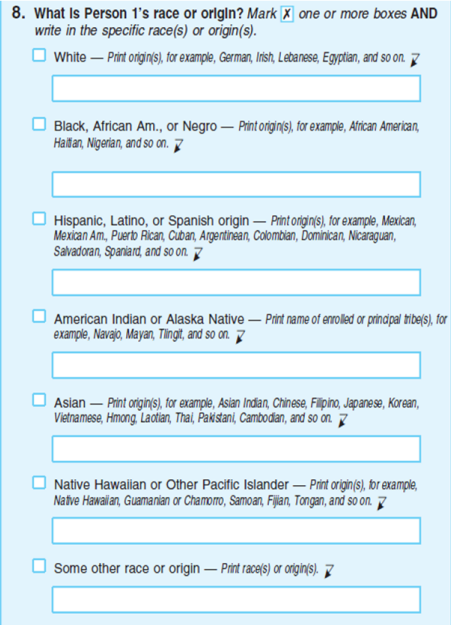

Our age-structured data and population models suggest that wild fish stocks will respond rapidly and positively to reductions in harvesting rates and that the numbers of older fish in a population will react before, and in much greater proportion, than their younger counterparts in a kind of Mexican wave. Using statistical models to summarise the data, we demonstrate the potential of MPAs for expediting the recovery of over-exploited fisheries in open temperate regions.

Here we analyse scientific trawl data for three important North Sea gadoids, collected between 19. World War II created a large marine area within which commercial fishing was prevented for 6 years.

They are effective for conservation in tropical and subtropical areas (mainly coral and rocky reefs), but it is debated whether they are useful in the management of migratory fish stocks in open temperate regions. Marine protected areas (MPAs) are attaining increasing importance in the management of marine ecosystems.


 0 kommentar(er)
0 kommentar(er)
